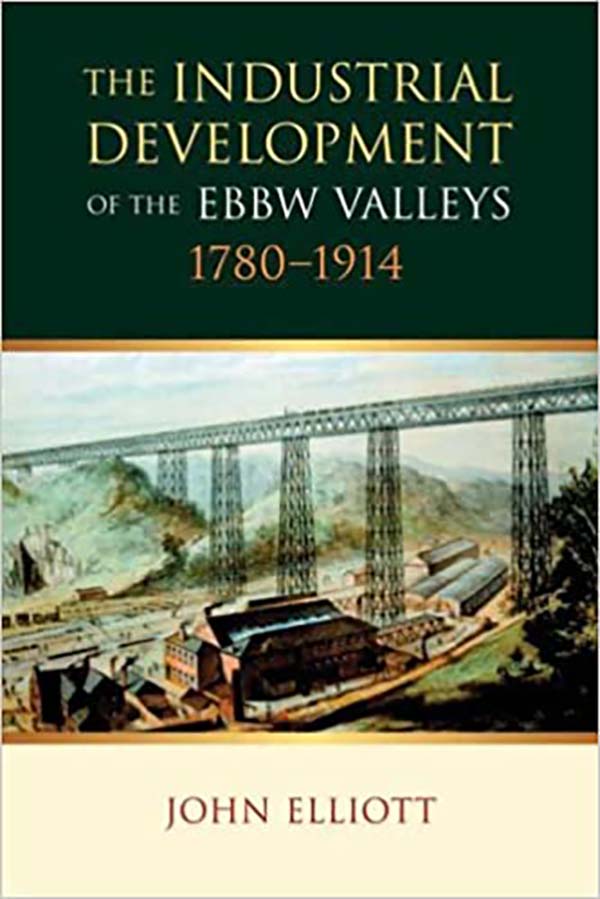The Industrial Development of the Ebbw Valleys, 1780-1914
Author(s) John Elliott
Language: English
Genre(s): Welsh and Celtic Studies, Welsh Interest, History
- February 2005 · 288 pages ·234x156mm
- · Paperback - 9780708318904
About The Book
This book is the first history of the Ebbw Valley, one of the major valleys of the south Wales coalfield. It is a study of a historically neglected, yet in some unexpected ways remarkable valley, both in its substantial contribution to the genesis of the modern industrial world and to the understanding of industrial change. Indeed some historians would assert that the understanding of change is best understood from the history of such places. The very names of the twenty or so towns and villages in the twenty five miles of valley from Brynmawr and Ebbw Vale in the north, through Crumlin and Newbridge in the centre to Risca and Rogerstone in the south, together with the dominant trading centre of Newport are redolent of a massive industrial transformation. It was a revolution characterised by a diversity of product, from coal and iron to bridges and water, spasmodic and convulsive change and decisions which continue in their influence to the 21st century. The industrial constant was the inexorable problem of survival through adaptation to change as old trading adventures disappeared and new competitors entered the learning race. The valley was a place marked by its energy, a place continually on the move as thousands moved in and many moved out to try their skills particularly in the USA and the north of England. The mixture was powerful. Local aristocrats, indigenous valley Welsh, Welsh from Brecon and further away, English from the countries of Somerset and Gloucester, Irish and a liberal seasoning of Jews, Scots and Italians.
Endorsements
'This study, with its original approach, makes fascinating reading...' Planet
Contents
Introduction; Chapter 1 The Ebbw valley in 1780; Chapter 2 The Coal Industry: Mining and Productivity; Chapter 3 The Coal Industry: Marketing and Financial Performance; Chapter 4 Iron and Steel; Chapter 5 Secondary Industry, 1850 to 1914; Chapter 6 Transport; Chapter 7 The Provision of Water and Sewers; Chapter 8 The People: Demography, Labour Movements, and Decisions; Bibliography


